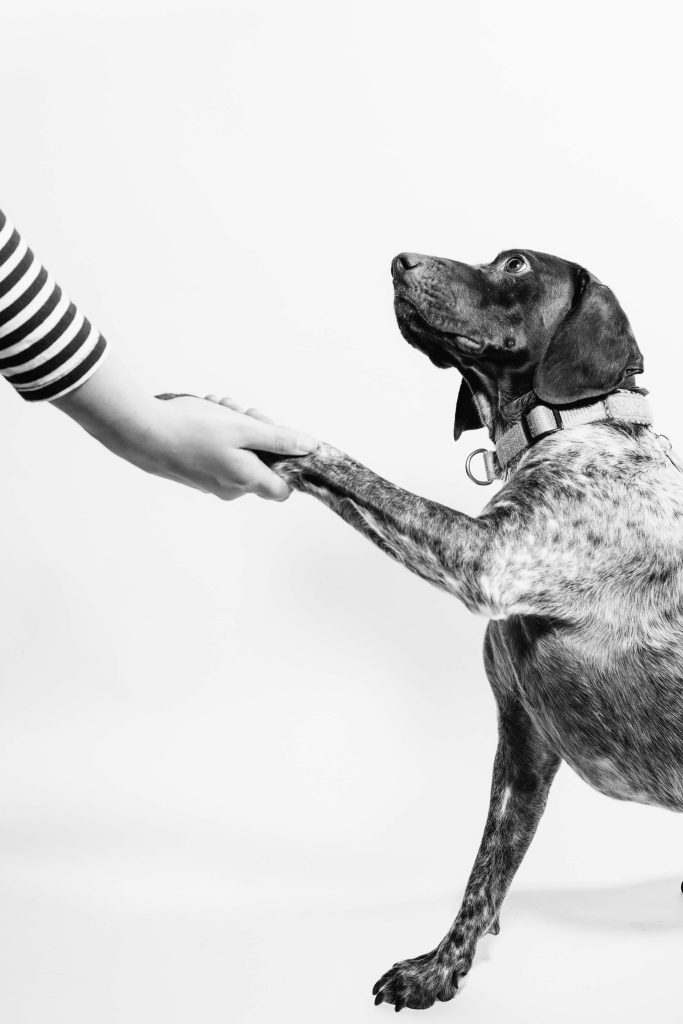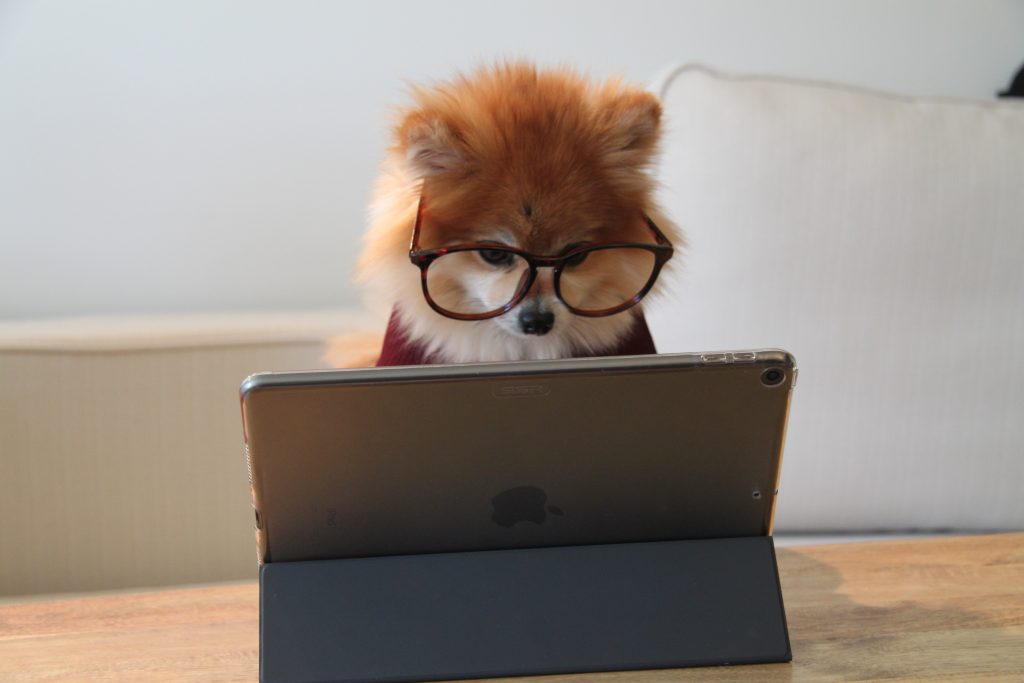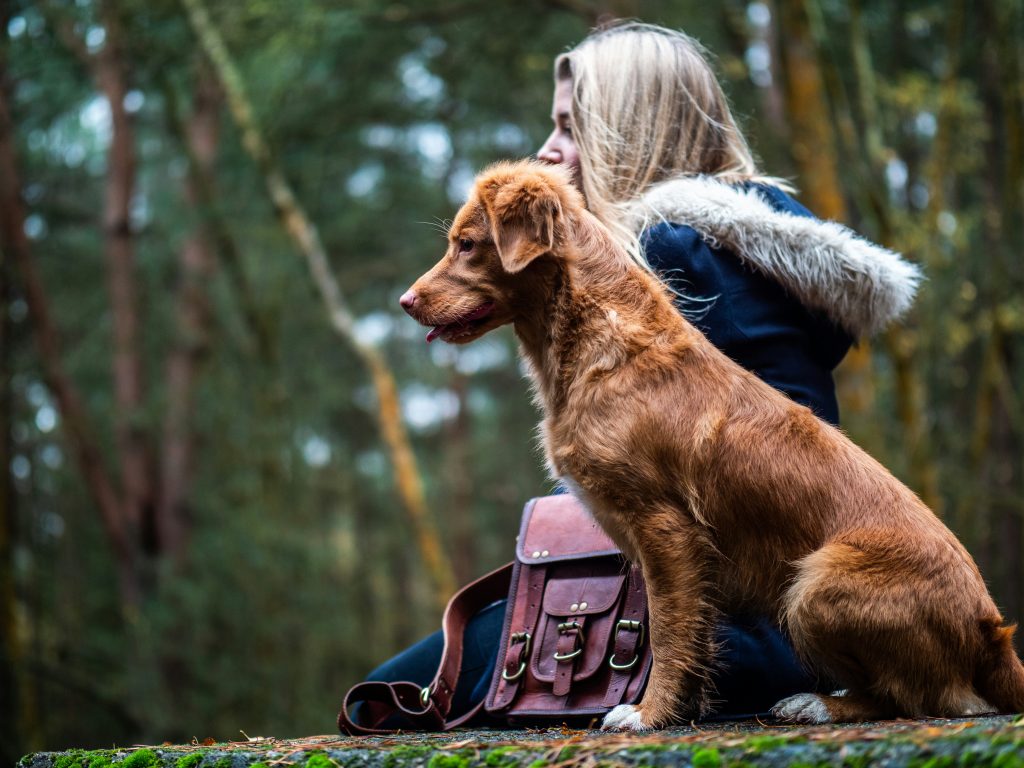If you’ve recently welcomed a new puppy into your home who seems to be fearful or anxious, you may be wondering how to help them feel more comfortable and confident. It’s important to remember that every puppy is unique, and their fears can stem from a variety of factors. In this article, we will explore some practical tips and techniques to train a fearful or anxious puppy, helping them build trust, overcome their fears, and become a happy and well-adjusted member of your family.
Creating a Safe Environment
Remove potential triggers:
When training a fearful or anxious puppy, it’s important to create a safe and calm environment. Start by identifying any potential triggers that may cause distress or anxiety for your puppy. This could include loud noises, unfamiliar people, or certain objects. By removing these triggers from your puppy’s environment, you can help them feel more secure and reduce their anxiety levels.
Design a cozy space:
Providing a cozy and comfortable space for your puppy is crucial in creating a safe environment. Set up a dedicated area in your home where your puppy can retreat to when they feel overwhelmed or anxious. This space should include a cozy bed, toys, and a water bowl. Adding soft blankets or pillows can also help create a soothing environment for your puppy.
Provide a routine:
Puppies thrive on routine, as it provides them with a sense of stability and predictability. Establish a consistent daily routine for your puppy, including regular mealtimes, exercise sessions, and playtime. Stick to a schedule as closely as possible, as this will help your puppy feel secure and understand what to expect throughout the day.
Building Trust and Confidence
Slowly introduce new experiences:
When training a fearful or anxious puppy, it’s important to introduce new experiences gradually. Exposing your puppy to new people, places, and situations in a controlled and positive manner can help them build trust and confidence. Start with small steps, such as introducing new sounds or gentle interactions with unfamiliar people. Gradually increase the difficulty level as your puppy becomes more comfortable and confident.
Use positive reinforcement:
Positive reinforcement is a powerful training tool when working with a fearful or anxious puppy. Reward your puppy with treats, praise, and affection for calm and confident behavior. This will help build positive associations and encourage your puppy to repeat the desired behaviors. Avoid using punishment or harsh training techniques, as this can further reinforce fear and anxiety.
Avoid punishment:
Punishment is not an effective method of training for a fearful or anxious puppy. Punishment can increase stress levels and potentially worsen your puppy’s anxiety. Instead, focus on rewarding positive behavior and avoiding situations that may trigger fear or anxiety. Patience and understanding are key when working with a fearful or anxious puppy.

This image is property of images.unsplash.com.
Socialization Techniques
Gradual exposure to new people:
Socialization is crucial for a puppy’s overall well-being, but it’s especially important for a fearful or anxious puppy. Start by introducing your puppy to new people in a controlled and positive environment. Allow your puppy to approach and interact with new individuals at their own pace, rewarding them for calm and confident behavior. Gradually expose your puppy to a variety of people, including different ages, genders, and ethnicities.
Positive interactions with other dogs:
Introducing your puppy to other dogs can help them build social skills and alleviate anxiety. Start by arranging controlled playdates with friendly and well-behaved dogs. Monitor the interactions closely and intervene if necessary. Reward your puppy for calm and appropriate behavior during these interactions. Remember to prioritize the safety and comfort of your puppy throughout the socialization process.
Introduce various environments:
Exposing your puppy to different environments can help them adapt to new situations and reduce anxiety. Take your puppy for short walks in different locations, such as parks, busy streets, or quiet neighborhoods. Gradually expose them to various sounds, sights, and smells. Provide positive reinforcement and rewards for calm behavior, and always prioritize your puppy’s comfort and well-being.
Desensitization and Counterconditioning
Identify triggers:
Identifying the specific triggers that cause fear or anxiety in your puppy is crucial for effective training. Common triggers can include loud noises, certain objects, or specific situations. Observe your puppy closely to pinpoint what triggers their fear or anxiety responses. Once you have identified these triggers, you can then create a training plan to desensitize your puppy to them.
Create a desensitization plan:
Desensitization involves gradually exposing your puppy to their triggers in a controlled and safe manner. Create a systematic plan where you expose your puppy to the trigger at a low intensity and gradually increase the exposure over time. For example, if your puppy is afraid of loud noises, start by playing the noise at a low volume and gradually increase it as your puppy becomes more comfortable. Pair these exposures with positive reinforcement to create positive associations.
Teach alternative coping mechanisms:
In addition to desensitization, it’s important to teach your puppy alternative coping mechanisms to manage their fear or anxiety. This could include teaching them basic obedience commands, such as “sit” or “stay,” that they can use as a distraction during stressful situations. Reward your puppy for using these coping mechanisms and offer praise and treats for calm behavior. With consistent training and practice, your puppy will learn to rely on these coping mechanisms instead of succumbing to fear or anxiety.

This image is property of images.unsplash.com.
Managing Separation Anxiety
Establish a leaving routine:
If your puppy experiences separation anxiety, establishing a consistent leaving routine can help alleviate their distress. Create a predictable routine before leaving the house, such as giving your puppy a puzzle toy or a special treat. This not only provides mental stimulation but also creates positive associations with your departure. Gradually increase the duration of your absences, starting with short intervals and gradually extending them over time.
Gradually increase alone time:
A puppy with separation anxiety may feel distressed when left alone. To help them overcome this anxiety, gradually increase the amount of time they spend alone. Start with short intervals and gradually lengthen them as your puppy becomes more comfortable. Pair these alone times with enjoyable activities or treats to create positive associations.
Provide mental stimulation:
To alleviate separation anxiety, provide your puppy with mental stimulation while you are away. Puzzle toys, treat-dispensing toys, or frozen treats can keep your puppy engaged and occupied during your absence. This can help distract them from their anxiety and provide a positive experience while you are away.
Handling Fear of Noise
Create positive associations:
To help your puppy overcome their fear of noises, it’s important to create positive associations. Start by exposing them to the noise at a low intensity and pair it with something they enjoy, such as treats, playtime, or praise. Gradually increase the volume or intensity of the noise while continuing to provide positive experiences. This creates positive associations with the noise, helping your puppy feel more at ease.
Gradual exposure to noises:
Gradual exposure to noises is key when training a fearful puppy. Start with low-intensity sounds and gradually increase the volume or intensity over time. Stay close to your puppy during the exposure, providing comfort and reassurance. Remember to reward and praise your puppy for calm behavior during the exposure to noises.
Play calming music or use white noise:
Playing calming music or using white noise can help drown out loud or sudden noises that may trigger anxiety in your puppy. This soothing background noise can help create a calm and relaxing environment for your puppy. Experiment with different types of music or white noise to find what works best for your puppy.

This image is property of images.unsplash.com.
Dealing with Fear of Vet Visits
Make regular, positive visits:
Regular visits to the veterinarian are crucial for your puppy’s health, but they can also be stressful for a fearful or anxious puppy. Make an effort to visit the vet’s office regularly, even when your puppy doesn’t have a medical appointment. This allows your puppy to become familiar with the environment and the staff. Reward your puppy with treats and praise during these visits to create positive associations.
Provide treats and rewards:
During vet visits, provide your puppy with treats and rewards to help alleviate their anxiety. Offer rewards for calm behavior and cooperation during procedures. This not only helps distract your puppy from their fear but also reinforces positive behavior during vet visits.
Practice basic handling at home:
To prepare your puppy for vet visits, practice basic handling at home. Gently touch and handle your puppy’s paws, ears, and mouth, and reward them for remaining calm and cooperative. This helps your puppy become accustomed to being handled and reduces anxiety during veterinary examinations.
Utilizing Crate Training
Introduce the crate slowly:
Crate training can provide a safe and secure space for your puppy, especially if they are fearful or anxious. Introduce the crate slowly and allow your puppy to explore it at their own pace. Place treats and toys inside the crate to encourage your puppy to enter willingly. Gradually increase the amount of time your puppy spends in the crate, always ensuring they have positive experiences inside.
Make the crate a positive place:
To encourage your puppy to view the crate as a safe and positive place, make it comfortable and inviting. Use soft bedding, toys, and perhaps a piece of clothing with your scent to provide reassurance. Avoid using the crate as a form of punishment or confinement, as this can increase anxiety and fear.
Use the crate for relaxation and a safe space:
Once your puppy is comfortable with the crate, you can utilize it as a relaxation tool and safe space. Encourage your puppy to enter the crate voluntarily and provide rewards for calm behavior inside. This can help your puppy feel secure and allow them to retreat to the crate when they need to rest or feel safe.

Seeking Professional Help
Consult with a veterinarian:
If your efforts to train and support your fearful or anxious puppy are not yielding the desired results, it’s important to seek professional help. Consult with a veterinarian who specializes in behavior or anxiety-related issues in dogs. They can assess your puppy’s specific needs and provide guidance on additional training techniques or potential medication options.
Consider a professional dog trainer:
A professional dog trainer experienced in working with fearful or anxious puppies can provide valuable guidance and support. They can help you develop a customized training plan, provide hands-on assistance, and address any specific behavioral issues your puppy may be experiencing.
Explore therapeutic interventions:
In some cases, therapeutic interventions may be beneficial for a fearful or anxious puppy. These can include options such as behavioral modification therapy, anxiety medication, or natural remedies. Consult with a veterinarian or a qualified animal behaviorist to explore these options and determine what may be best suited for your puppy’s needs.
Tips for Long-Term Success
Have patience and consistency:
Training a fearful or anxious puppy requires patience and consistency. Progress may be slow, but with time and dedication, your puppy can overcome their fears and anxieties. Maintain a consistent training routine, always using positive reinforcement and avoiding punishment. Remember, building trust and confidence takes time.
Celebrate small victories:
Acknowledge and celebrate every small victory your puppy achieves during training. Whether it’s remaining calm during a loud noise or successfully interacting with a new person, these accomplishments deserve recognition. Celebrating these milestones reinforces positive behavior and motivates your puppy to continue their progress.
Monitor progress and adjust training:
Regularly monitor your puppy’s progress and adjust your training techniques as needed. Every puppy is unique, and what may work for one may not work for another. Stay flexible and be willing to adapt your training methods to better suit your puppy’s needs. Seeking guidance and support from professionals can also be helpful in assessing progress and making necessary adjustments.
Training a fearful or anxious puppy requires time, patience, and understanding. By creating a safe environment, building trust and confidence, utilizing socialization techniques, and employing desensitization and counterconditioning methods, you can help your puppy overcome their fears and anxieties. Managing separation anxiety, fear of noise, fear of vet visits, and utilizing crate training are additional strategies that can aid in your puppy’s training journey. Remember to seek professional help when needed, celebrate small victories, and consistently monitor your puppy’s progress. With dedication and positive reinforcement, you can help your fearful or anxious puppy become a confident and happy companion.
